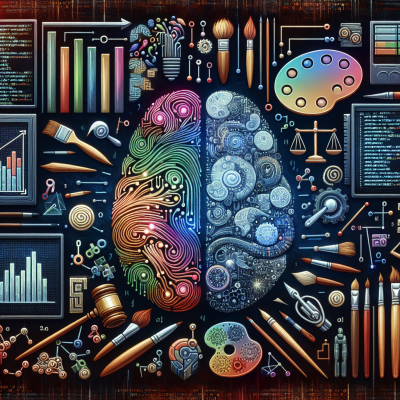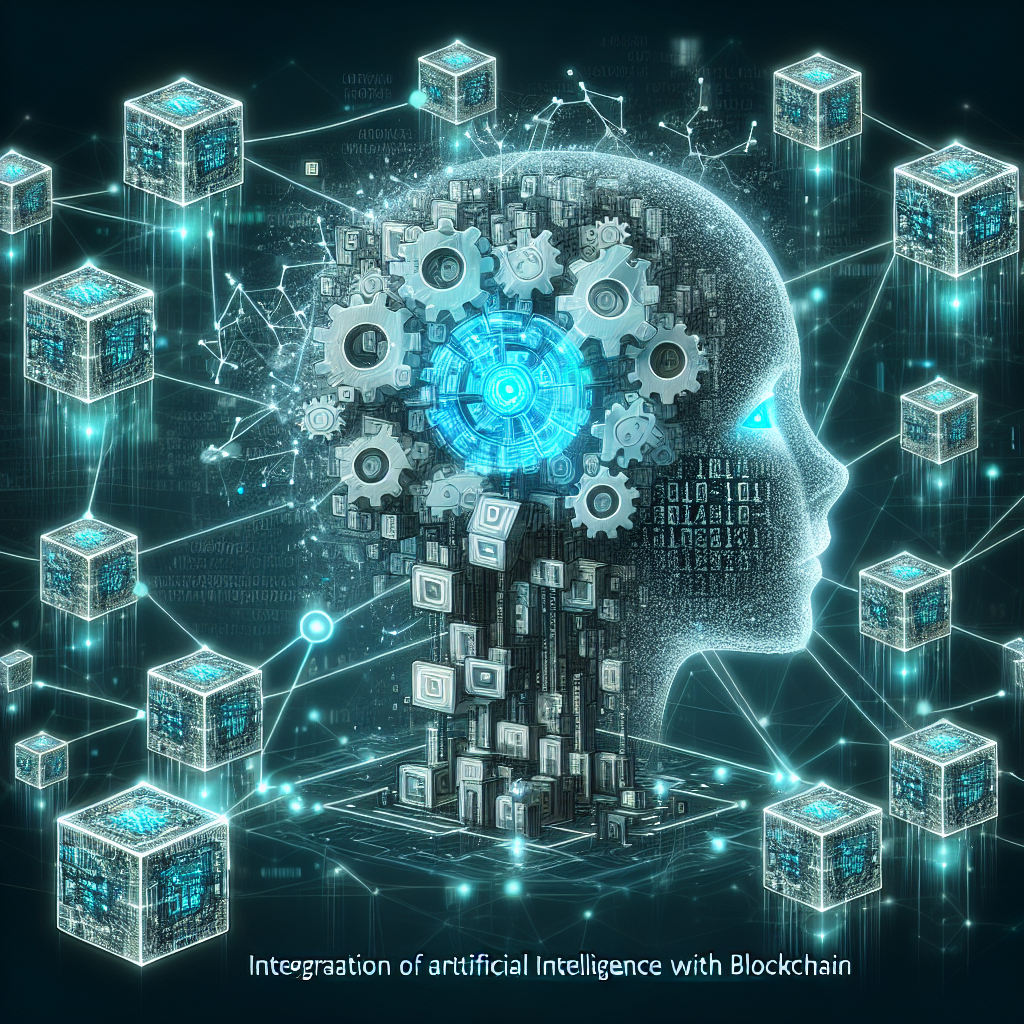
The Fusion of AI and Creativity: A New Digital Renaissance
Artificial Intelligence (AI) has leapt beyond its traditional confines of data crunching and automation into the vibrant world of creative technology. From generating surreal artwork to composing music and writing human-like prose, AI innovations are sparking a new digital renaissance. However, alongside this technological marvel lies a complex web of digital ethics, legal concerns, and debates around consent. As AI-generated creativity becomes mainstream, it’s crucial to examine not only its potential but also its pitfalls.
AI-Driven Creativity: From Canvas to Code
One of the most exciting developments in creative technology is AI’s ability to generate artwork, music, and narratives.
AI in Visual Arts
AI-powered platforms like DALL·E and Midjourney are redefining artistic expression. These tools can transform textual prompts into intricate imagery, enabling creators—from amateurs to professionals—to explore new visual territories. The fusion of algorithms with artistic styles allows for endless possibilities, blurring the lines between human-made and machine-generated aesthetics.
Automated Music Composition
Applications such as AIVA and Amper Music use AI to create compositions across a variety of genres. These platforms analyze countless pieces of music to generate emotionally resonant tracks for films, advertisements, and video games. As these tools evolve, so too does the role of the composer, who now collaborates with algorithms as creative partners.
The Rise of AI Storytelling
Natural Language Processing models like OpenAI’s GPT and Google’s Bard are ushering in a new era of digital storytelling. Writers use AI to generate plot ideas, dialogues, and full-length stories that mirror human narrative styles. This collaborative form of storytelling is expanding the boundaries of literature and journalism alike.
Challenges at the Intersection of AI and Ethics
While AI-powered creative tools offer unprecedented opportunities, they also raise critical ethical questions.
The Question of Digital Consent
A pressing concern is the use of existing artworks and personal likenesses in training AI models. AI systems often rely on large datasets scraped from the internet, which may include copyrighted material or personal data. This raises questions about digital consent—was the artist or subject aware that their work or image would be used to train an AI?
Without explicit consent, the line between fair use and exploitation becomes dangerously thin.
Copyright and Ownership
With art and content being generated by algorithms, another fundamental issue arises: who owns the final product? Is it the user who fed the prompt, the AI developers who built the platform, or does the work lack legal ownership altogether because it wasn’t created by a human?
Legal frameworks worldwide remain largely unprepared to tackle these nuances, leading to a grey area that creators must navigate carefully.
The Deepfake Dilemma
As AI becomes more sophisticated, so do its capabilities to simulate realistic human appearances and voices. Deepfake technology, while sometimes used for entertainment, can also be weaponized for misinformation, identity theft, and defamation. The challenge lies in regulating such technology without stifling innovation.
Striking a Balance: Responsible Innovation
The responsibility to align AI innovation with ethical principles falls on developers, policymakers, and end-users alike.
Incorporating Ethical Audits
Many experts advocate for routine “ethical audits” of AI tools. These audits evaluate not just performance but also the origin of data, transparency of algorithms, and potential biases. Implementing such measures can ensure accountability and build user trust.
Creating Consent Frameworks
Digital consent protocols need to be reimagined for the AI era. One potential solution involves blockchain technology to record the consent of image owners and artists, making it traceable and tamper-proof. Additionally, developers could enforce opt-in model architectures, where only willingly submitted materials are used for training.
The Future of Creative AI
The integration of AI into creative domains represents a monumental shift in how we produce and consume content. As we stand at this intersection of art and automation, the possibilities for collaboration between humans and machines are limitless.
However, it is imperative that innovation doesn’t outpace ethical considerations. Sustainable progress will depend on our collective ability to harness AI’s power while safeguarding creativity, dignity, and digital rights.
Final Thoughts
AI-driven creative technologies are more than just tools—they are reshaping artistic expression, business models, and even cultural identity. But with great power comes great responsibility. Addressing legal and ethical dilemmas surrounding digital consent and ownership is crucial to ensuring that AI enhances creativity without eroding the very values that define it.
As we continue to explore the capabilities of AI in art and design, let’s also commit to building frameworks that protect creators, preserve authenticity, and promote equitable innovation in the digital age.


Leave a Reply